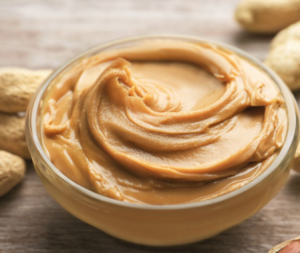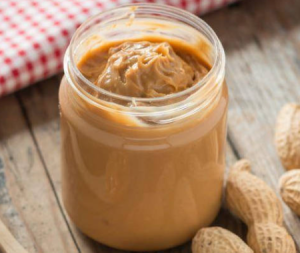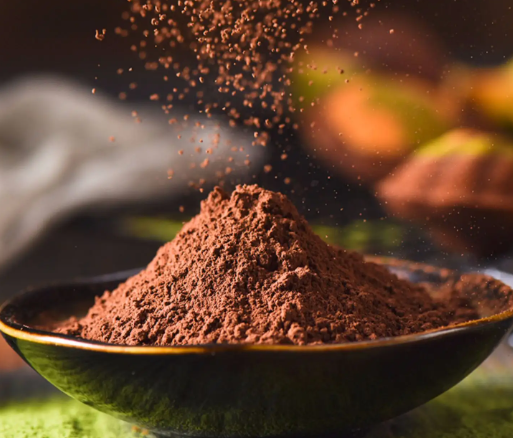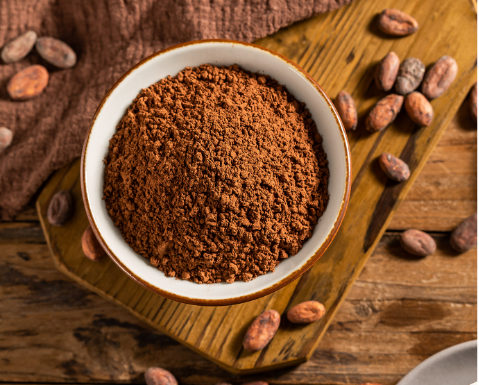Cocoa powder is produced from the slabs of roasted cocoa bean particles left behind when cocoa butter is extracted. As the pressing does not remove all the cocoa butter, so the particles remain coated with a thin layer of cocoa butter, all in all fat content of cocoa powder varies from 8% to 26%. These solid particles (the cocoa powder) are the basis of chocolate's flavor (and not as one might imagine—the cocoa butter). As a result, cocoa powder is the most concentrated version of chocolate there is.
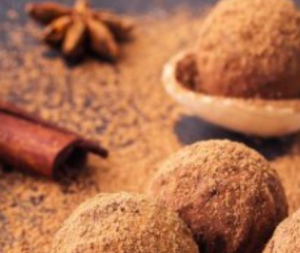
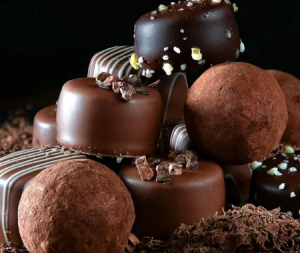
It is also very versatile in both cooking and chocolate making, it also has a pH of around 5 (McGee, 2004; Wolfe and Shazzie, 2005). Sometimes (especially in Europe and the United States), cocoa beans are treated, either before or after roasting, with an alkaline substance like potassium carbonate after which they are ground into cocoa powder. This treatment is sometimes called “dutching” after its inventor—Conrad van Houten—the Dutch chocolatier. The process effectively raises the cocoa's pH to between 7 and 8. This has the effect of reducing the levels of astringent, bitter phenolics, and the roasted, caramel-like molecules (pyrazines, thiazoles, pyrones, and furaneol).
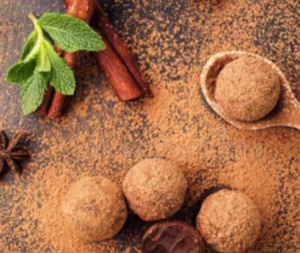
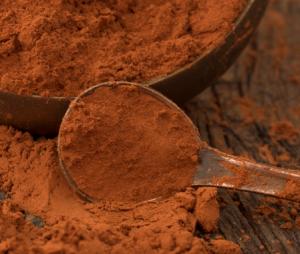
The effect is a cocoa powder with a less bitter and astringent tone and one that is milder in flavor and darker in color than traditional cocoa powder. “Dutched” cocoa can come in shades ranging from light brown to near black each with their own mild flavor profiles.
1. Cocoa-fy your coffee
Want to give your cup of joe a boost of beneficial antioxidants? Add one tablespoon of cocoa powder to a mug of hot brewed coffee and sweeten as normal.
2. Sprinkle over fruit
Chocolate and fresh fruit are a perfect pairing. They not only complement each other flavor-wise, they’re both rich in essential vitamins and minerals. Simply sprinkle a tablespoon of cocoa powder over a bowl of nature’s candy and prepare to indulge in an even sweeter treat!
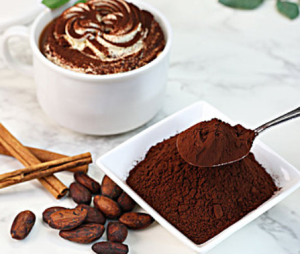
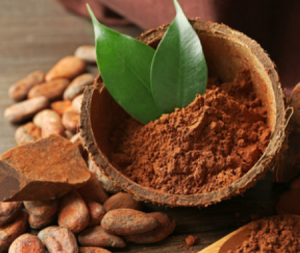
3. Boost your salads
Can’t handle the idea of another boring salad? We don’t blame you! End the monotony by adding some partially ground cocoa beans, known as nibs, to a mixture of lettuce, cabbage, cucumbers, carrots and any other veg you have in your repertoire.
4. Enhance trail mix
Those same cocoa nibs that took your salad to the next level also make an excellent addition to homemade (or store-bought) trail mix. Simply combine them with nuts, dried fruit and other tasty ingredients such as yogurt-covered raisins for a smart and satisfying snack.
5. Amp up cereal
Move over berries and banana slices. There’s a new topping in town! It’s cocoa powder, and it could be coming to a cereal bowl near you. A few tablespoons can make any morning better – and healthier, to boot!
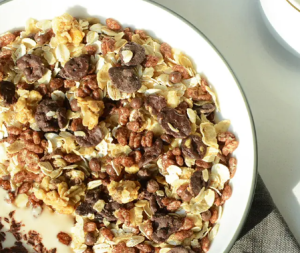
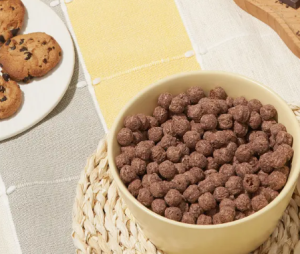
6. Elevate your yogurt
If you’re yogurt fan (and really, who isn’t?), cocoa powder is a wonderful way to top off the tasty treat. And if you want to get creative, consider layering cocoa powder, fruit and yogurt to create a delicious, nutritious parfait.
7. Improve smoothie recipes
Gather your favorite smoothie ingredients, a few tablespoons of cocoa powder (or some nibs) and your blender. You know what comes next… a creamy, chocolatey smoothie that will leave you wanting more.
8. Make peanut butter better
Most of us would like to personally thank the culinary genius who first realized that peanut butter (or any nut butter) and chocolate are a delicious, decadent flavor combination. Add a tablespoon of cocoa powder to your creamy (or crunchy) spread and prepare to enjoy the ultimate peanut butter sandwich. And it’s okay to throw in some banana slices for good measure!
